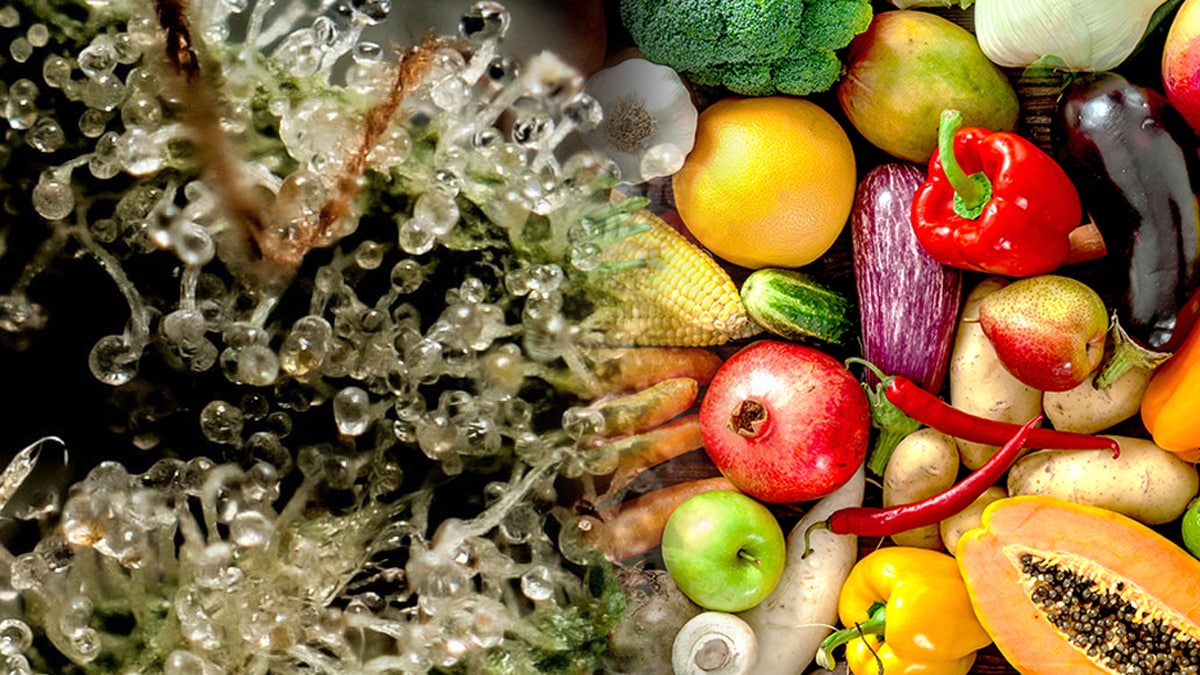
When it comes to cannabis, you may be familiar with dominant cannabinoids like CBD and THC. You might even be hip to the benefits of terpenes and the effects they have not only on the aromas and flavors of your favorite cultivars, but the effects they can have on your own well-being, too. But tell us, what do you know about flavonoids?
If your answer is “WTF is a Flavonoid?”, you are not alone. So, let’s dig deeper into this relatively unknown aspect of the Entourage Effect.
Flavonoids are natural substances known as secondary metabolites found in fruits, vegetables, grains, bark, roots, stems, flowers, tea, and wine. Much like cannabinoids and terpenes, flavonoids are well known for their beneficial effects on health, and efforts are being made to isolate them and research them further.
Flavonoids work in harmony with terpenes to deliver the unmistakable aromas and flavors of your favorite flowers, fruits, veggies, and of course, weed.
Rooted in the Latin word flavus, meaning “blonde” or “yellow”, flavonoids are also responsible for providing the vibrant colors found in many flowering plants… like cannabis.
Still, little is known about them but we do know that there are at least 8,000 different varieties of flavonoids, with six main types found in common foods and plants.
Flavanols are revered for their antioxidant properties and have even been shown to help manage cardiovascular complications. There are most commonly found in onions, kale, grapes (and wine), tea, berries, and tomatoes.
Flavan-3-ols are usually found in nutrient-rich foods like apples, strawberries, and even cocoa.
Flavones give blue and white flowering plants their pigmentation while serving as a natural pesticide to protect the plants from predators. Find it in celery, parsley, red peppers, peppermint, and chamomile.
Flavanones are also excellent all-natural antioxidants found in foods like grapefruit, lemons, limes, and oranges, and known for helping folks manage weight and cholesterol.
Isoflavones are prevalent in soy and soy products, as well as in legumes, and are useful for maintaining hormonal balance.
Anthocyanins tend to give flowers their red, blue, and purple coloration and can be found in abundance in the skin of certain berries like cranberries, blueberries, strawberries, and blackberries.
Whew! That’s a mouthful! Curiously, however, all of these can also be found in cannabis. At least 20 different flavonoids have been detected in various cannabis cultivars.
That purple weed you love? See “Anthocyanins” above.
Even more curious, the cannabis plant has exclusive flavonoids you won’t find in the grocery store. In fact, cannabis plants contain several unique flavonoids – known as cannflavins – that cannot be found anywhere else in nature, as far as we know.
Some flavonoids found in food and in weed include quercetin (apples, green tea, red onions, Ginkgo Biloba), apigenin (basil, cilantro, mint, parsley), and kaempferol (cucumber, ginger, green beans, spinach). There are, of course, others as well.
FLAVONOIDS & THE ENTOURAGE EFFECT
When consumed with cannabinoids and terpenes, flavonoids flood the chemical receptors through your body’s endocannabinoid system. Taken into the body in these natural ratios, these sacred constituents of the cannabis plant deliver the so-called Entourage Effect that not only makes Family Guy funnier, but can also act as anti-inflammatories, antioxidants, and antibacterials, contributing positively to a higher quality of life.
Every bud from every harvest of every phenotype of every cultivar can potentially express slight variances in the ratio and types of cannabinoids, flavonoids, and terpenes, which is why certain strains grown certain ways by certain growers literally hit different.
While it is just speculative at this point, we believe that flavonoids are the key to understanding why two samples with very similar levels and types of cannabinoid and terpene content can have wildly different effects on the same consumer. Again, that is just anecdotal experience from some dudes who have smoked a shit ton of different variations of high-grade weed.
The truth of the matter is that the best ways of consuming the highest levels of this modicum of metabolites are likely through properly prepared edibles or tinctures, as the high heat and combustion associated with smoking could be annihilating flavonoids before you can inhale them.
The anti-inflammatory, antioxidant, anticancer, and neuroprotective benefits of flavonoids (and cannflavins) are highly reminiscent of the wellness benefits provided by the more widely appreciated cannabinoids and terpenes. The latter two are often prominently displayed in brand marketing and on product packaging, while barely perceptible but highly influential flavonoids get little or no love.
That is changing, slowly, as forward-thinking cannabis lab testing facilities are leading the way in flavonoid detection for their clients operating in the consumer marketplace while actual research labs still butt up against federal cannabis prohibition and subpar nugs as test subjects.
So, what the F is a Flavonoid?
Flavonoids might be the future.

















